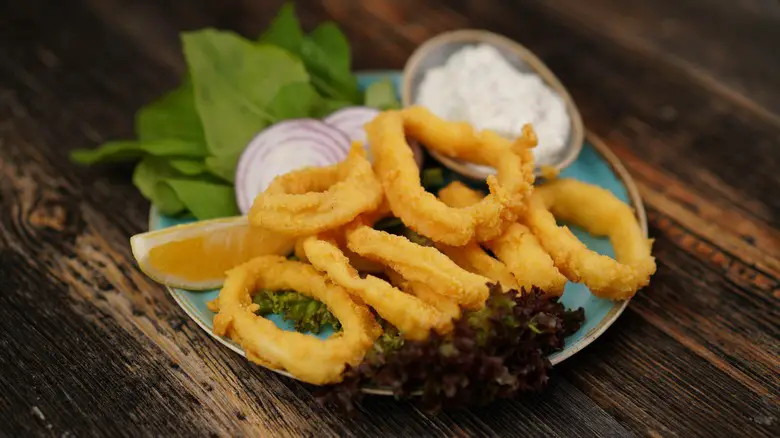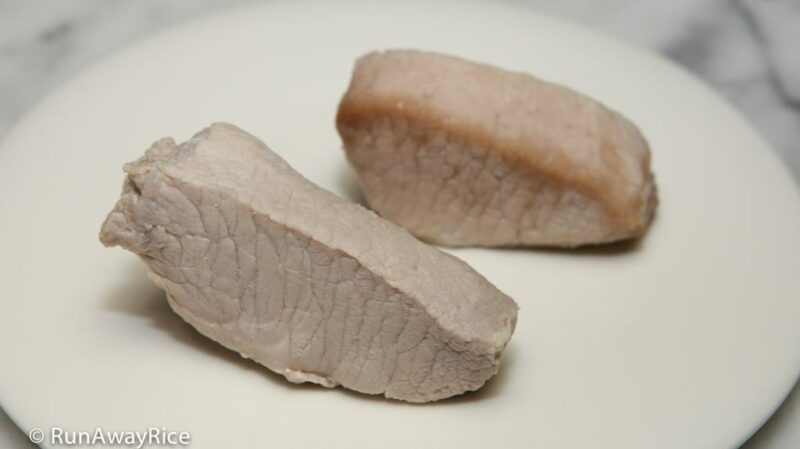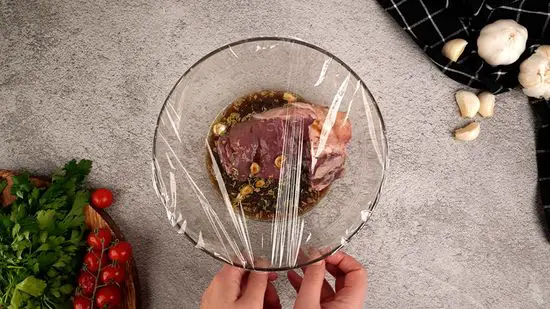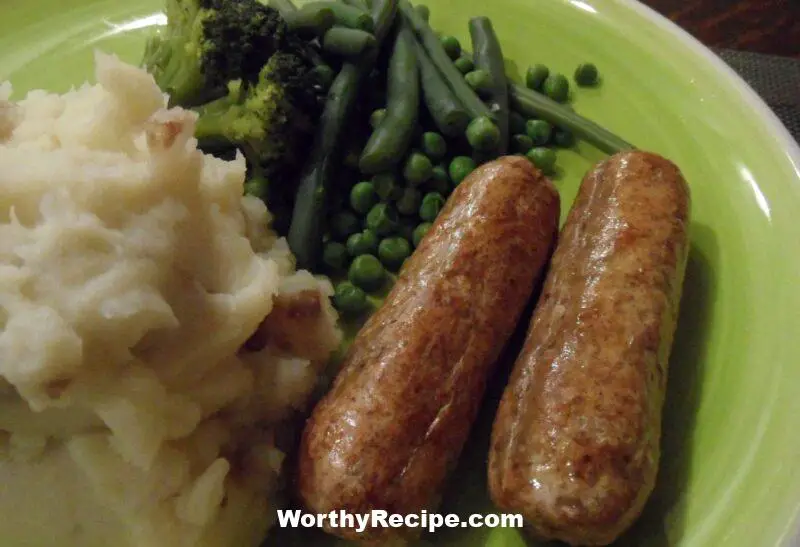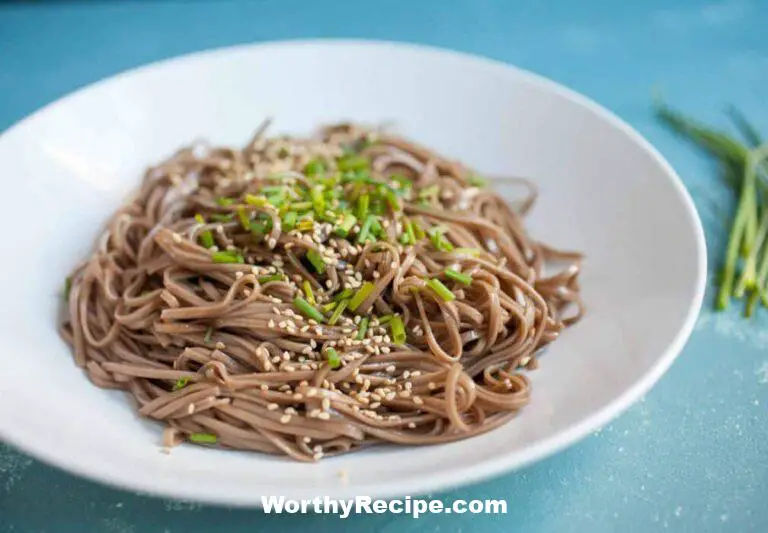Squid is a seafood delicacy that is loved by many people owing to its unique taste and nutritional benefits. If cooked correctly, it can be tender, flavorful, and incredibly delicious. However, squid has a reputation for being a tricky ingredient to prepare. Overcooking it results in rubbery meat while undercooking leaves it chewy and tough.
So how do you know if squid is cooked perfectly? In this article, we will explore various signs that indicate whether squid is cooked and share some tips to ensure that you get your squid cooked perfectly.
Understanding Squid
Before diving into signs that indicate whether squid is ready or not, let us understand what squid is and how to cook it.
Squid is a mollusk of the cephalopod family, similar to octopus and cuttlefish. It possesses a firm yet chewy texture when cooked right. Squid typically contains high protein levels and low-fat content, making it an ideal addition to any healthy diet.
There are different ways to prepare squid- grilled, fried, or boiled. Grilling gives squid a crispy crust and aroma while boiling makes it soft and tender. Depending on the method used, the size of the squid determines how long it takes to cook.
Factors That Affect Cooking Time of Squid
Several factors affect the cooking time of squid, including:
– The size of the squid: Small-sized squids take less time than larger ones.
– Temperature: High heat helps cook the squid faster.
– Cooking method: Different cooking methods have varying temperatures; hence they affect cooking time differently.
Signs of Cooked Squid
Physical changes in texture, color & firmness
One easy way of testing whether your squid is cooked or not involves physical changes in texture, color, and firmness. When your squid reaches the ideal cooking point, there should be noticeable changes in its external appearance:
– If the flesh turns from translucent to opaque and white, it indicates the squid is thoroughly cooked.
– If the color of the flesh remains translucent and greyish-white, the squid needs more time to cook.
– Well-cooked squid should have firm texture without being rubbery or chewy.
– Undercooked squid feels slimy and slippery while overcooked one looks curled and shriveled.
The Importance of Timing When Cooking Squid
Timing is a critical factor when cooking squid. Different preparation methods have different cooking times. It is crucial to gauge the ideal point to avoid overcooking or undercooking. Overcooking turns squid into an uneasy rubbery mess, while undercooking makes it chewy and hard.
Squid Consistency Suited for Different Recipes
Different recipes require varying levels of tender or firm textures for your squid. Here are different recommendations on how to achieve different consistencies suited for specific recipes:
– For quick stir-frying, thinly sliced squid could suffice since it cooks in a short time frame, about 30 seconds to 1 minute.
– If you intend to serve grilled calamari, thicker cuts of between a quarter- inch and half-inch thickness are ideal. Grilled squid has a crispy and crunchy texture that balances out with its delicate aroma.
– For stews like paella or soups like bouillabaisse, consider slow-cooking the tentacles for around 45 minutes.
Risks Associated With Overcooking or Undercooking Squid
Overcooked squid can turn out rubbery and unpleasant to eat. It could be challenging to chew and takes away the natural flavors of the dish.
On the other hand, undercooked squid could lead to several health complications that could result in an upset stomach since almost all seafood contains bacteria which could cause diarrhea.
Tentacle Test
One popular trick on how to tell if your squid is cooked correctly involves performing a tentacle test. The tentacle test involves inserting a fork or tip of a knife into the thickest part of the squid.
How to Perform the Tentacle Test
To perform the tentacle test:
– When cooking, note how long it has taken and start testing the squid’s tenderness after two minutes of cooking.
– Carefully insert a fork or tip of a knife into the thickest part of the squid, which is usually near the top.
– If it slides in with ease, your squid is cooked, but if you experience resistance, it requires more time.
Cooking Options for Squid
Grilling Squid
Grilling is an excellent method to cook squid since it delivers crispy exterior while retaining a tender and flavorful center.
Preparation Tips for Grilling Squid:
– Clean the squid thoroughly.
– Oil your grill grates so that the squid doesn’t stick onto them.
– Cut the squid horizontally so that it can lay flat on the grill surface
– Preheat your grill. High heat helps cook squid faster.
Sign of Grilled Squid Being Ready:
Grilled squids are ready when they have browned edges, grill marks, and are firm to touch.
Side Dish Recommendations:
Grilled squids pair well with fresh salads or grilled vegetables. You could also drizzle some lemon vinaigrette over them to bring out their flavor.
Frying Squid
Fried squid makes an excellent appetizer with a crispy crust and chewy texture. It is a gorgeous addition to any meal which is well complemented by side dishes like tartar sauce.
Preparation Tips for Frying Squid:
– Clean the squid thoroughly and slice it into rings or strips.
– Season with your preferred spices.
– Fry at high temperatures to ensure that it cooks fast without disintegrating.
Sign of Fried Squid Being Ready:
When frying squid, keep an eye on their color changes. The golden brown color indicates they are ready.
Side Dish Recommendations:
Fried squid pairs nicely with a side of tartar sauce or aioli, and fresh greens.
Boiling Squid
Boiled squid makes a fantastic addition to fish stews or soups since its tender texture complements the soup’s broth.
Preparation Tips for Boiling Squid:
– Clean the squid thoroughly
– Bring salted water to a boil
– Place the squid into the boiling water. It takes 30 seconds to one minute to boil if fresh and three to four minutes if frozen.
Sign of Boiled Squid Being Ready:
When boiling squid, it should turn to an opaque white color. Since boiled squid cooks quickly, their body should form a C-shape, while slow-cooked ones tend to curl up.
Soup Recommendation:
Boiled squids pair well in hearty fish stews or soups like bouillabaisse, calamari stew.
Tips for Perfectly Cooked Squid
Pre-Cooking Tips
Cleaning Squid Before Cooking
Before cooking squid, cleaning it ensures that any unwanted parts are removed and avoids any foul taste. Here’s how to clean your squid:
– Remove ink sacs: Gently pull out the ink sacs located on the squid’s head.
– Remove intestines: Reach inside the cavity of the squid; grasp the insides and pull them out.
– Remove skin: Peel off the thin skin overlying the body tube and fins.
Preparing Frozen Squids
To prepare frozen squids:
– Thaw them in cold water overnight
– Rinse them under running water to remove any traces of thawed ice
– Dry them thoroughly before cooking.
Use a Timer When Cooking Squid
Always use a timer when cooking squid as it helps you keep track of time while preventing it from overcooking.
Ensure That The Squid Is Dry Before Cooking for Best Results
Squid tends to release a lot of liquid while cooking, which results in wet and unappetizing squid. Thoroughly dry them before cooking.
Use High Heat When Cooking Squid
High heat ensures that your squid cooks quickly while retaining proper texture. Preheat your cooking surface before cooking.
Consider Marinating Squid Before Cooking
Marinating is another technique that brings out the natural flavors of the squid while adding a punch of added flavors from the marinade. Consider marinating your squid in olive oil or lemon vinaigrette before cooking.
Keep An Eye on The Squid While Cooking
Since squid requires precise timing to avoid overcooking or undercooking, keep an eye on it while measuring time.
Conclusion
Cooking perfect squid is not rocket science as it might seem. It only requires an understanding of the properties of different ways of preparing squids, methods of cleaning it, and knowledge of when to take it off heat. Use this guide to prepare delicious and scrumptious squid dishes every time, and impress your guests with perfectly cooked squid. Remember, always keep an eye on your squid while cooking as timing is key!
Can I tell if squid is cooked just by looking at it?
Absolutely! When squid is cooked properly, the flesh changes from a shiny, translucent color to an opaque white. The rings should be tender and easy to cut through, instead of rubbery or tough.
What’s the best way to test if my squid is cooked?
The easiest way to test if your squid is cooked is by cutting into it with a knife or biting into it. If it feels soft and fully cooked inside, then it’s ready to eat. If the flesh still feels firm or rubbery, then it needs more time on the heat.
How long should I cook squid for?
This depends on the size of your squid and the cooking method you’re using. Generally speaking, squid should be cooked quickly on high heat for 2-3 minutes maximum. Any longer than that and you risk overcooking and toughening up the flesh.
What are some common mistakes people make when cooking squid?
A common mistake people make when cooking squid is overcooking it. This causes the flesh to become tough and rubbery instead of tender and juicy. Another mistake is not cleaning the squid properly before cooking, which can result in a less pleasant eating experience. Lastly, some people also use too much oil when cooking their squid, which can lead to greasy, heavy dishes that aren’t as enjoyable to eat.
